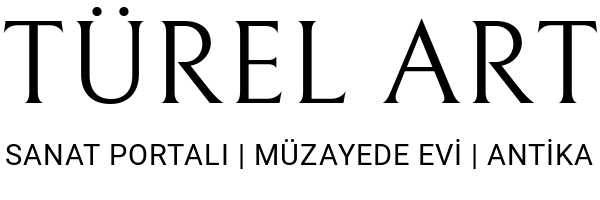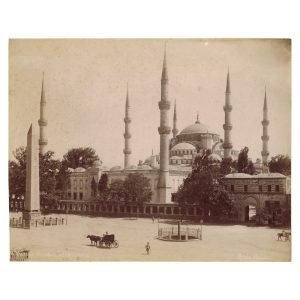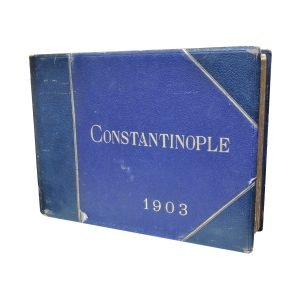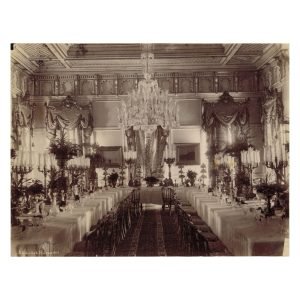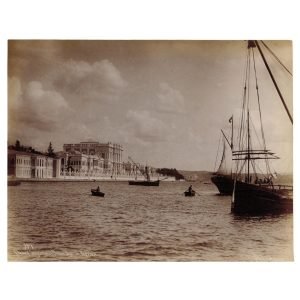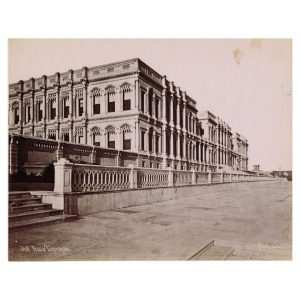Boğazdan Dolmabahçe Sarayı Fotoğrafı 27x16cm
$79,51
Boğazdan Dolmabahçe Sarayı Fotoğrafı
Gerçek Foto (Fotokrom tekniğiyle renklendirilmiştir)
Arka yüzünde Photochrom kaşesi vardır (Photoglob Zurich P.Z.)
1880’ler
23 x 16 cm
Dolmabahçe Sarayı
Sultan I. Abdülmecit tarafından yaptırılan sarayın cephesi, İstanbul Boğazı’nın Avrupa kıyısında 600 metre boyunca uzanmaktadır. Avrupa mimari üsluplarının bir karışımı olarak, Ermeni olan Garabet Amira Balyan ve oğlu Nigoğos Balyan tarafından 1843-1855 yılları arasında inşa edilmiştir.
